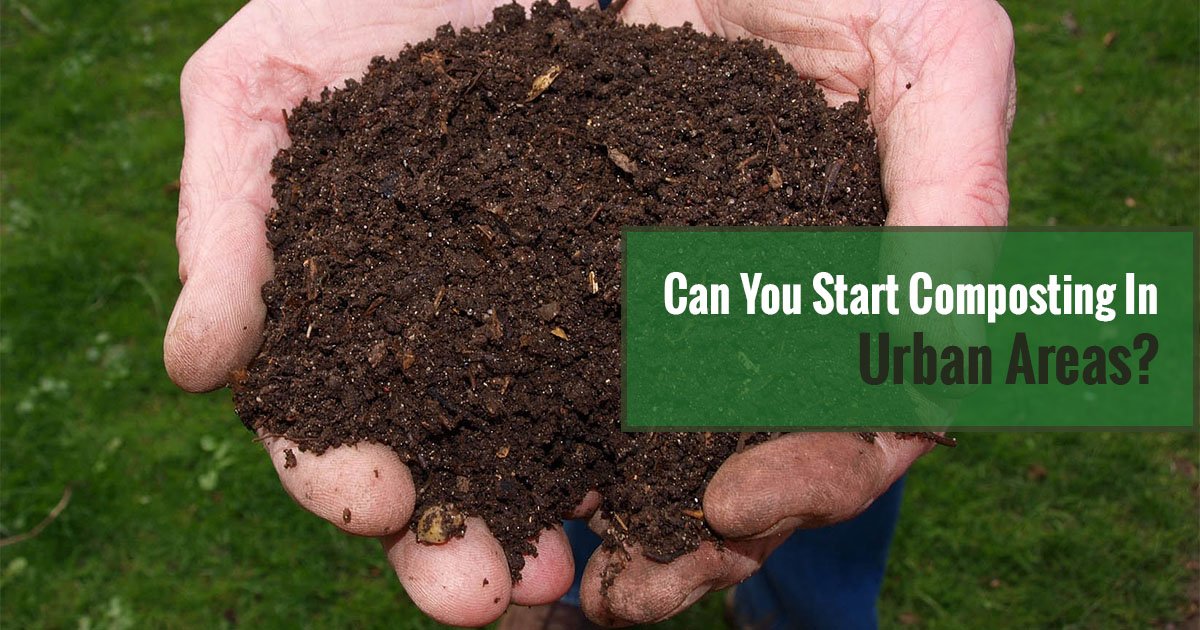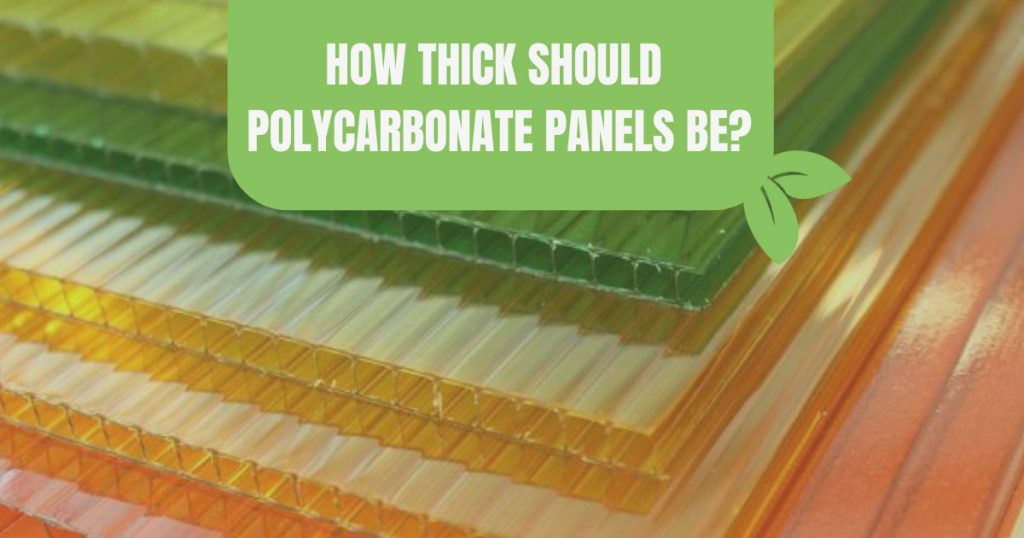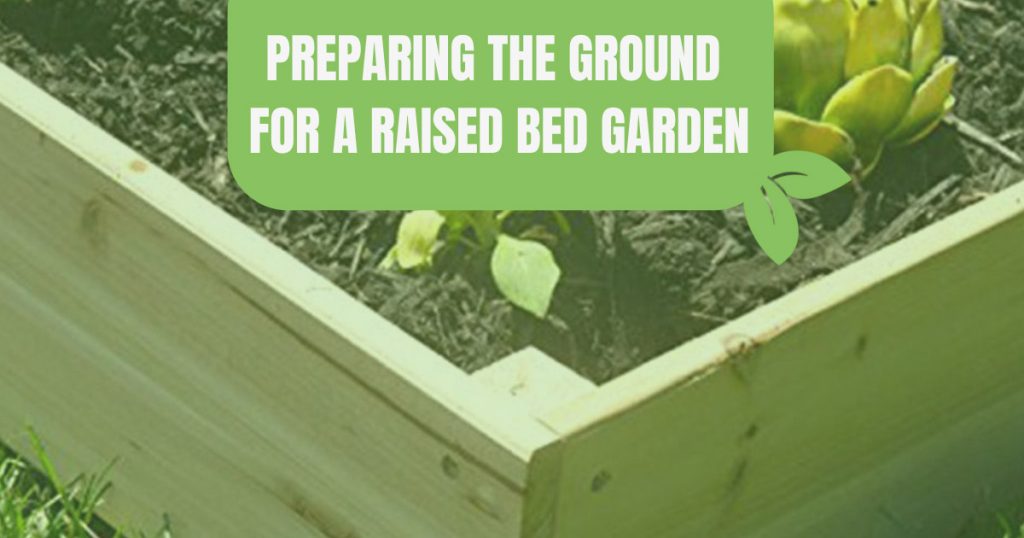
Yes, you can! There are ways to compost without it taking up a lot of space. Most people may think that composting is smelly and disgusting but it’s not. There is always a simple process to start composting in urban areas. Let us contribute to greener communities, improved local soils, and improved food preservation. Remember, healthy soil makes healthy crops.
Composting is a way of expediting the natural decomposition of organic matter. By regulating the process, you can get more benefits like nutrient-rich fertilizer. Cultivating fruits and vegetables in compost tends to provide more nutrients than chemically fertilized ones.
Examples of organic wastes are food bits, garden scrap, and food-soiled paper. They contribute to toxic greenhouse gas emissions when they go to landfills. Compost is used by farmers and gardeners to maintain and enhance soil vitality. In turn, healthy soil gives a rich substrate for growing plants, prevent erosion, improve air, and water condition.
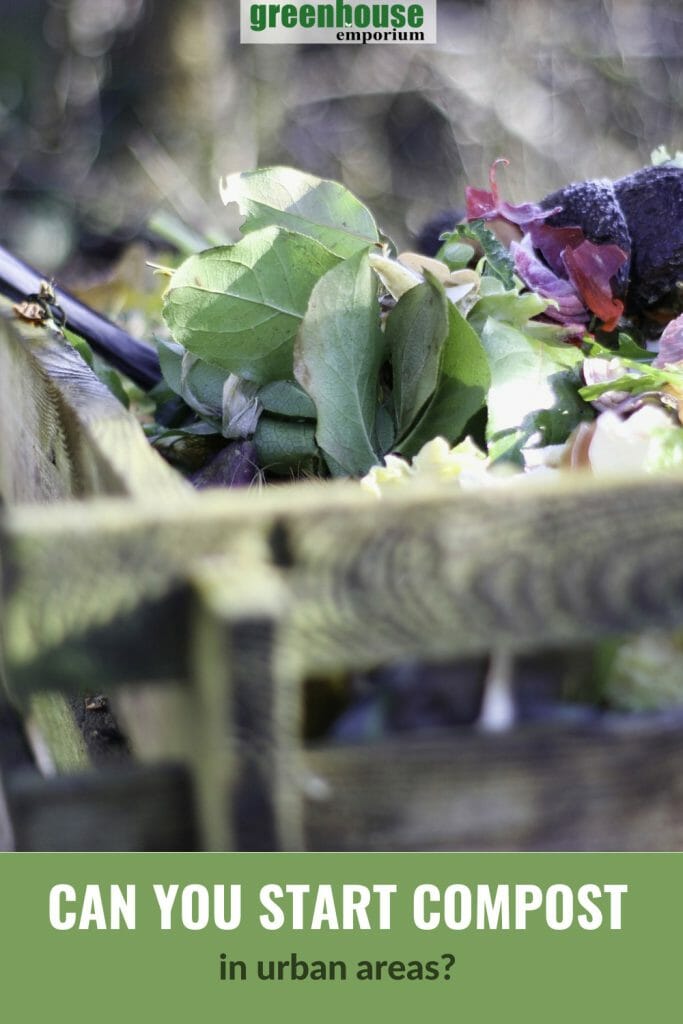
Benefits of composting in urban areas
The benefits of composting can be observed in urban places. It can be at home, in towns, neighborhoods, and in the metropolitan area. Urban gardeners can use composted substances to provide a flourishing garden, lawn, and even street trees. If you don’t have much space, you can still use the compost as a fertilizer for your potted plants.
New Yorkers sometimes display concerns that source-separating organic substance will improve rodent infestation. But it is the exact opposite. Keeping organics lessens rodents by cutting off their food. That is how composting add to a cleaner, safer town.
Compost can give a lot of benefits to the soil. It provides nutrients and beneficial soil microorganisms. You will see improvements in soil structure.
Organic soils include organic material that is rich in nutrients and minerals. Compost materials fight certain plant diseases so you can reduce the need for chemical pesticides if you have a container garden on your patio or balcony. It also prevents soil erosion, compaction, and nutrient runoff.
Indoor composting
Composting in urban areas is so easy. All it needs is a little time, sweat, and patience. When plants die, they decay naturally.
Bacteria and fungi work by breaking down their remains. The original body is no longer noticeable. It will look more like a rich, dark, soil-like material.

You can also bring composting inside with a small worm bin. Don’t panic! No worms will escape and crawl around your house. Check out this ECO Worm Composter.
Just make sure the bin is well kept. These friendly worms feed on food scraps. They create compost through their digestive method.
Observe your worms’ eating patterns in a two or three-day span. Combine more scraps every few days based on their intake. Microwave the food scrap before you put in the bin. Avoid tropical fruit bits to keep insects off.
Add only food that the worms can easily eat. Slice or shred food into small bits. Keep a good mixture of brown and green material. Now you won’t have to fear nasty odors.
Hate worms? Here are other options: There are budget-friendly indoor and outdoor composters available online.
The stylish Urban Composter for Indoors is perfect in your kitchen. It has tight-fitting lids to prevent odors and flies. Create your own healthy organic liquid fertilizer without the inconvenience.
Just place them in a corner inside your house, patio, balcony, or the garage. Check out all of our composting bins here!
Neighborhood composting
This works like a recycling program. Your bins are picked up regularly for a very affordable price. Review the list of compostables allowed in your community.
Regional community composting programs are increasing in demand across New York State. These cities are turning food and yard wastes from the trash. They are providing members with fresh local compost. These next-door-neighbors gather together to produce food and share alliance.
Neighborhood composting bring in several benefits. It involves cultural inclusion and empowerment. Say goodbye to the frequent garbage truck visits. Local composting creates more local jobs and improved composting skills.
Large scale composting
Most homeowners do not have the opportunity or space to compost large amounts of organic materials. Some districts operate compost facilities that receive leaves, grasses, and twigs. Large-scale centralized plants can serve extensive geographic ranges and divert substantial amounts of organic matters from the disposal. Extensive amounts of solid waste can be converted into nutrient-rich compost and fuel.
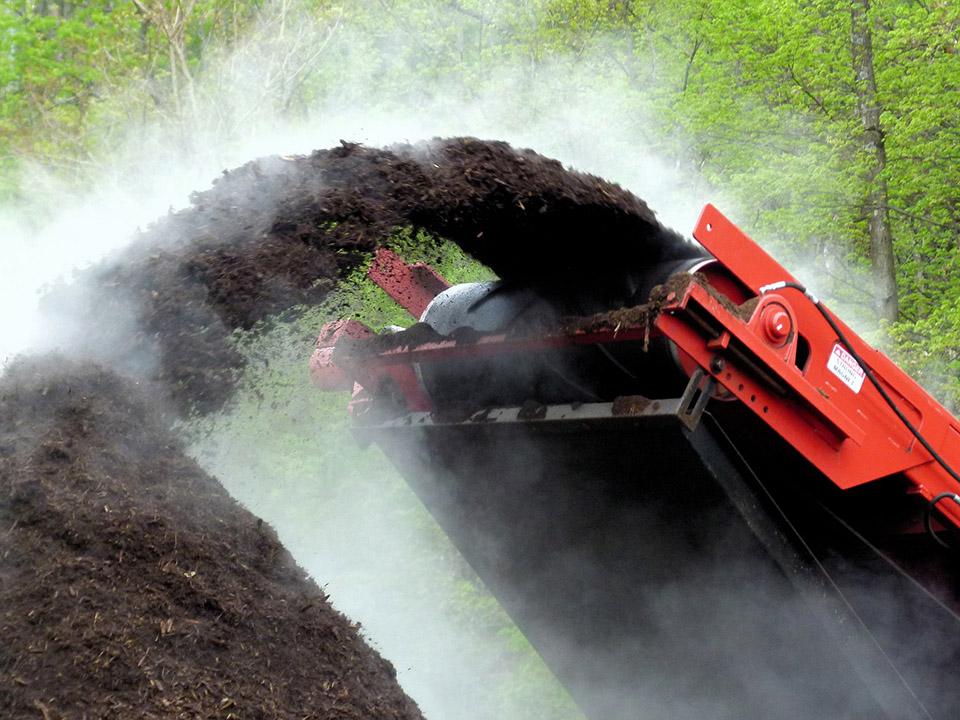
Most municipalities now prevent leaves from landfills. Burning leaves is banned in New York State. Sending leaves to a compost facility is a good alternative to residents.
How to compost
You don’t have to spend money to start composting. Get food scraps from your own kitchen and build a DIY composter. Collect some leaves from your garden or from the streets. Check out Maze Kitchen Caddie Compost Bin because this comes really handy for collecting your food scraps and transport them to your composter. It comes with compostable bags to minimize plastic usage and help the environment.
Assemble some DIY composters with old buckets, garbage bins, or Folger Coffee Containers. Anything is possible – just be creative. For more DIY ideas, check out this article.
Fill the bin with the proper proportion of compost. There should be about a 1 to 2 ratio of nitrogen sources like fruits and vegetable bits then carbon sources like leaves or wood.
The success of your compost depends on how you distribute your ingredients.
These food scraps usually give sufficient moisture but you still have to water over time. The mixture should be around as moist as a squeezed wet sponge.
Checking the progress of your compost is necessary. Make sure that it is aerating.
If the balance is off, the wrong type of bacteria will be active. You will end up with a nasty offensive odor but no compost. Your compost should look very much like soil in roughly three months.
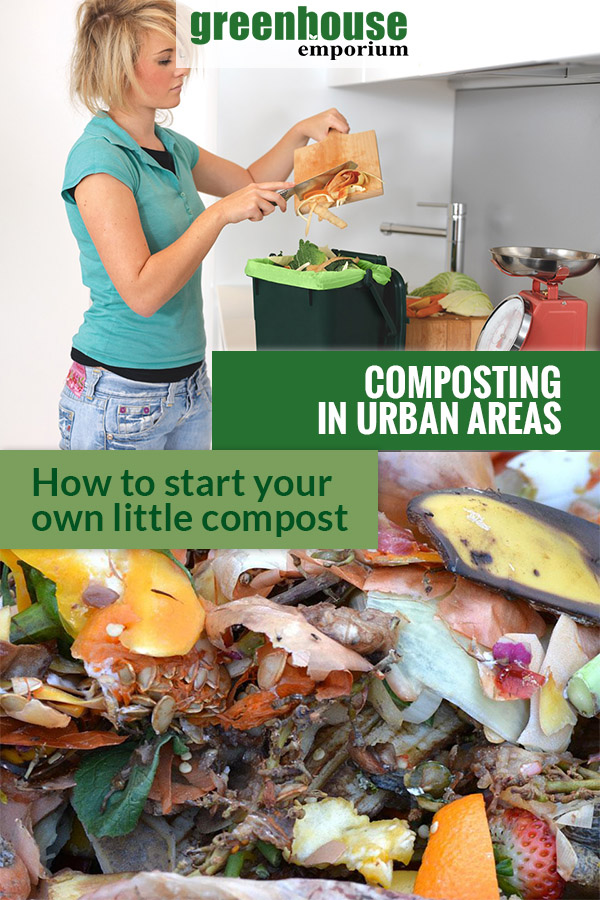
Composting ingredients
Greens are your nitrogen source. It includes food bits like fruit and vegetable peels, tea bags, coffee grounds, old bread, fresh weeds, grass, and even manure.
Browns are your carbon source which will provide a composition for your compost heap. Carbon lets air to flow smoothly. It includes dried leaves, dry weeds, shredded papers, wood shavings, and straw. You could even get coconut coir or peat moss if these things are unavailable for you.
Blue stands for the water requirement. Make sure it is not flooded. Damp will do the job.
Wood ashes are alkaline. It can help balance the pH level of your pile if it becomes too acidic. Ashes from a wood-burning stove have a lot of acidic substances like pine needles and oak leaves.

Materials you cannot compost at home
Meat, bones, poultry, fish may attract animals when you are composting at home. Cheese and oils do not compost well. Cat and dog feces may carry disease organisms that survive even after composting. Rhizomes and roots are not advisable because they might survive in the soil.
Some ashes are safe to combine into your pile. Coal and coke ashes are not. They carry sulfur and iron in quantities high enough to harm your plants.
Paper with colored inks, like newspapers, includes heavy metals or other poisonous materials. Don’t add these to your compost.
It takes an expert and perfect requirements such as intense heat to kill various plant diseases. These diseases can develop again when the compost is used for your plants. Avoid using suspicious plant debris.
4 ways to speed up your compost process even in urban areas
1. Your compost decomposes faster between 120˚F and 160˚F. Anything that will raise the heat will cook your compost quicker. Keep your composting bin under the sun. The sun’s warmth will expedite the process.
2. Smaller items make it easier for the bacteria to disintegrate them. Cut your kitchen waste into tiny pieces and keep your carbon sources small as well.
3. Turn the bin more often in order to give it the necessary air.
4. Accumulate all your essential waste over a few days. Add it in one big batch. The more you add at a time, the more it will heat up. That’s why it’s good to have a little kitchen compost bin like the Maze Kitchen Caddie.
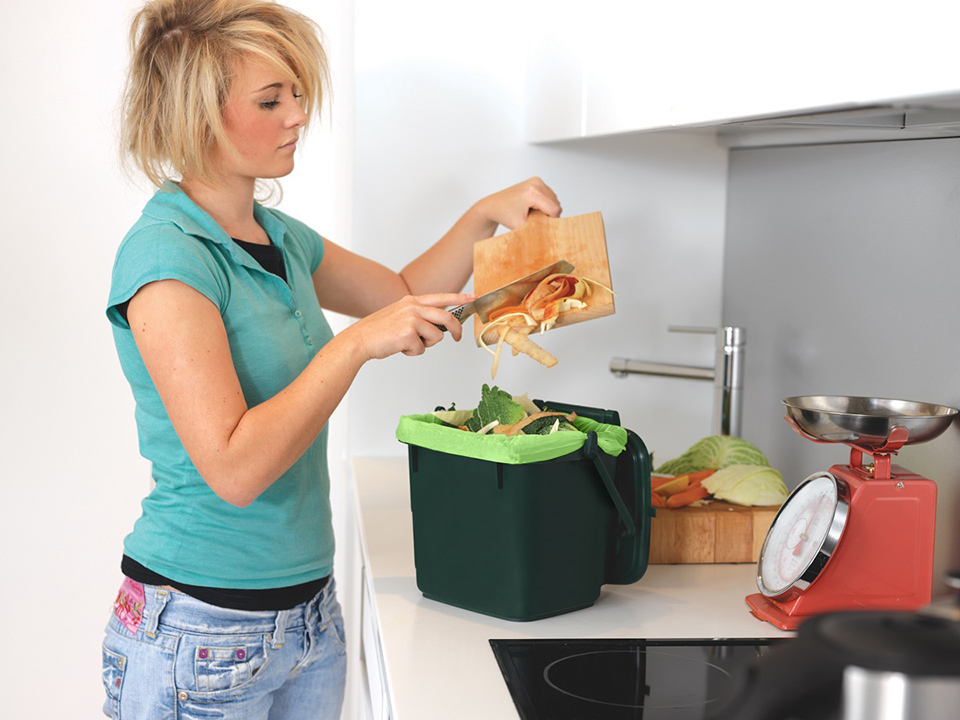
Tips to prevent annoying insects and animals
Start with a proper bin that allows in some oxygen. For example, the Genesis Dual Composting Tumbler and the MAZE Composter have air vents that serve double purposes. It can be used to drain excess liquid and provide air to maturing compost. These are rodent-proof and make it easy to turn the compost.
You can compost just about any natural substance, except for meat and fish, because it may invite some pests around. Remember not to compost animal products such as bones, fat, and meat. Keep your bin concealed and away from any wall. If some insects or animals are still getting their way in, you may use hardware cloth. This is a type of metal mesh with gaps that are not bigger than a quarter-inch.
Effects of pesticides in your pile
Most modern pesticides break down easily. Affected leaves and grasses can already be included in your compost heaps even if they were used six months before. The only exception is Clopyralid.
Clopyralid is a pesticide that was discovered to remain in soil far longer than expected. Luckily, it is not toxic to humans and animals but it can be pretty poisonous to some vegetables.
Compost has an amazing capability to disintegrate pollutants and pesticides but it cannot control the amounts sprinkled on freshly treated grasses. High amounts of pesticides are generally applied to turfgrass including household lawns. This is one good reason to support your community to reduce lawn and park spray projects. Do not just include grass cuttings on your pile without knowing where it came from.
Troubleshooting: Fixing your compost
Temperature
If your compost froze during winter, it means that the quantity is too small and it is not insulated properly. Just add more materials. Add more layers of browns throughout the bin to act as insulation.
A compost temperature of 131°F for 21 days is enough to eradicate bacterial and fungal pathogens including nematodes and some viruses. Common tomato diseases like tomato wilt, Tobacco Mosaic Virus (TMV), and clubroot of Brassicas, demand 149°F within 21 days to degenerate.
Flies and animals
Flies are annoying. If you see them inside your bin, it means that it is not sealed properly. Make sure that there are no big holes that let flies through. Keep holes just as small as possible while still providing air to the compost.
If your composter is not animal resistant, you may place a half-inch hardware cloth around your bin. Other types of animals are not supposed to be drawn to your pile.
Proper mixing
There are many causes of smelling compost. If there are more greens, then add more browns and turn the composter.
There may be not enough air. Create ventilation in order to aerate the compost.
Observe if there is too much water. There should only be a few drops when you squeeze a handful.
There are several reasons why your compost is not changing. Get more browns and add more greens. Mix it up to balance your ingredient.
Don’t worry if you notice a white fuzzy mold growing. It is safe. It just probably indicates that your compost is excessively wet or warm. Simply add in extra dry material and give it a good spin.
If it is too dry, you may have too many browns or maybe the heat is drying your compost. Just add in extra greens.
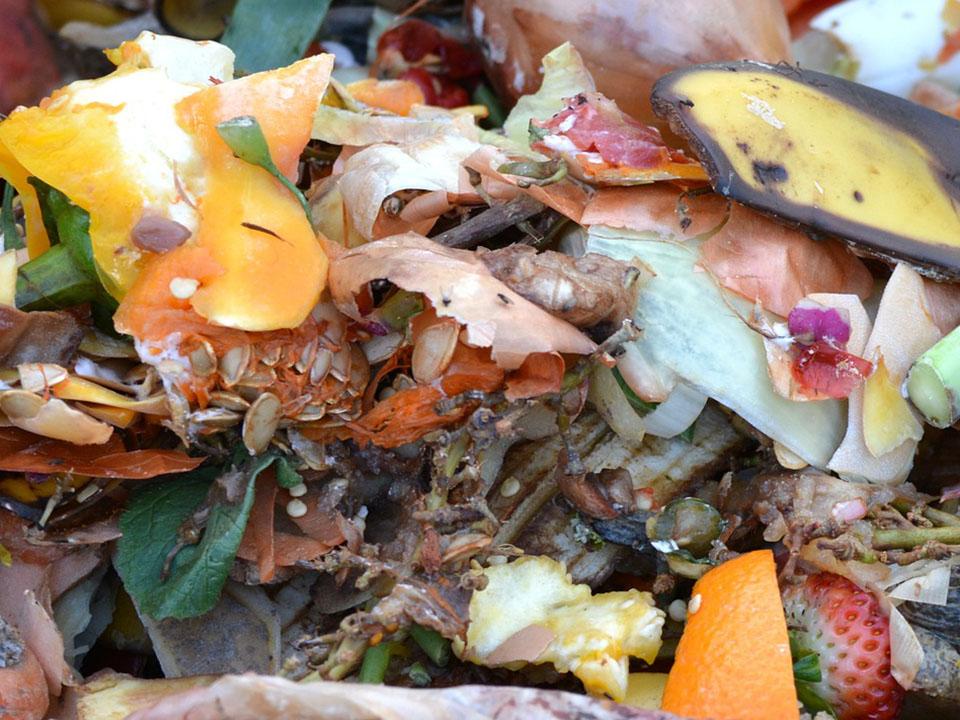
Cities with composting mandates
Seattle
Seattle has been the leader in the U.S. for its recycling and composting projects. In 2007, this city embraced a zero waste commitment to divert 70% of all its trash to recycling and composting by 2030. In 2009, Seattle challenged every household to support food and garden scrap collection or engage in garden composting.
San Francisco
San Francisco residents are expected to keep their compostables, recyclables, and trash in separate bins. It is mandatory. Stuff in blue bins is made into new containers, bottles, and different products. Food, paper, and plants in green bins are composted into nutrient-rich soil that is used by local farmers.
New York
Managing materials through minimization, reuse, and recycling is a high priority in New York State. NYSDEC or the New York State Department of Environmental Conservation gives administrative oversight, professional assistance, training and outreach programs, and funding for organics conversion and recycling. It decreases the production of greenhouse gases, produces soil supplements, energy, employment, and reduces dependence on the garbage disposal.
Texas
Austin is now preventing all food-permitted companies from throwing away leftover products and trash. The city’s Universal Recycling Ordinance mandates these businesses to donate or compost unconsumed food. Austin developed its Curbside Composting Collection Program to promote a more sustainable system of organic waste control. This will let more than 90,000 houses to compost food portions, garden trimmings, and soiled paper. Austin intends to continue the service to all curbside clients by 2020.

